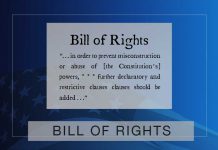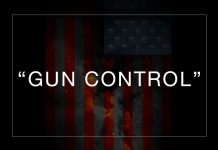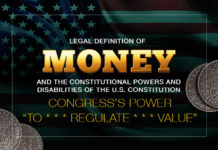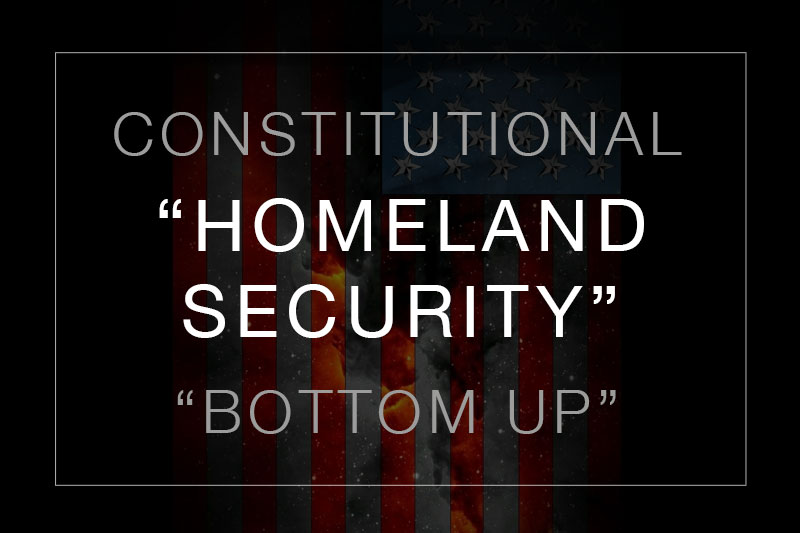Last Updated on February 19, 2023 by Constitutional Militia
“Militia”: What are They?
To understand the Constitution with respect to the Militia (and everything else it contains, for that matter), Americans must focus on what the Constitution’s key terms actually meant in the late 1700s—and what they continue to mean today, there having been no Amendments on that score in the intervening years. The original Constitution and the Bill of Rights, however, did not define “the Militia of the several States”,[1] “[a] well regulated Militia” and “the right of the people to keep and bear Arms”,[2] or what it means “[t]o provide for organizing, arming, and disciplining, the Militia”[3] or “reserving to the States respectively, the Appointment of the Officers, and the Authority of training the Militia”.[4] They did not have to, because their original audience, WE THE PEOPLE in 1788 and 1791, knew precisely the import of those phrases.
Where did WE THE PEOPLE in the late 1700s find the definitions of “the Militia of the several States”, “[a] well regulated Militia”, “the right of the people to keep and bear Arms”, and “organizing, arming, and disciplining, the Militia” that they accepted as true and sufficient? Even before the idea of the Constitution entered anyone’s head, “the Militia of the several States” (or, earlier, the Militia of the several American Colonies, with the partial, peculiar, and in any event not permanent exception of Pennsylvania[5] were established and maintained pursuant to statutes enacted throughout the 1600s and 1700s. In those Colonies and then all of the independent States, operations aimed at organizing, arming, and disciplining these Militia were conducted pursuant to these statutes. In those Colonies and States, the vast majority of the able-bodied adult free male inhabitants (other than conscientious objectors) personally possessed firearms, because those statutes imposed upon them a duty to keep and bear arms. And as a consequence of all this, throughout America in the pre-constitutional era existed “well regulated Militia”—the products of statutes which Americans had believed were so effective in achieving their ends that they had enacted them and reënacted them and reënacted them yet again, in form and substance, decade after decade and generation after generation.[6]
WE THE PEOPLE not only incorporated directly into the original Constitution’s federal system the Militia that the statutes had regulated,[7] in every American Colony then Independent States for over 150 years, but also emphasized the constitutional authority and political indispensability of such statutorily “well regulated Militia” through the Second Amendment.
Just as “[t]he definition of ‘a state’ is found in the powers possessed by the original states which adopted the Constitution” by studying the laws that evidenced those powers,[8] so too must the definitions of all those words and phrases that relate to the Militia in the Constitution (and in the Articles of Confederation, too) be found in the pre-constitutional American Colonial and State Militia statutes, there being no other source of evidence.[9]





























